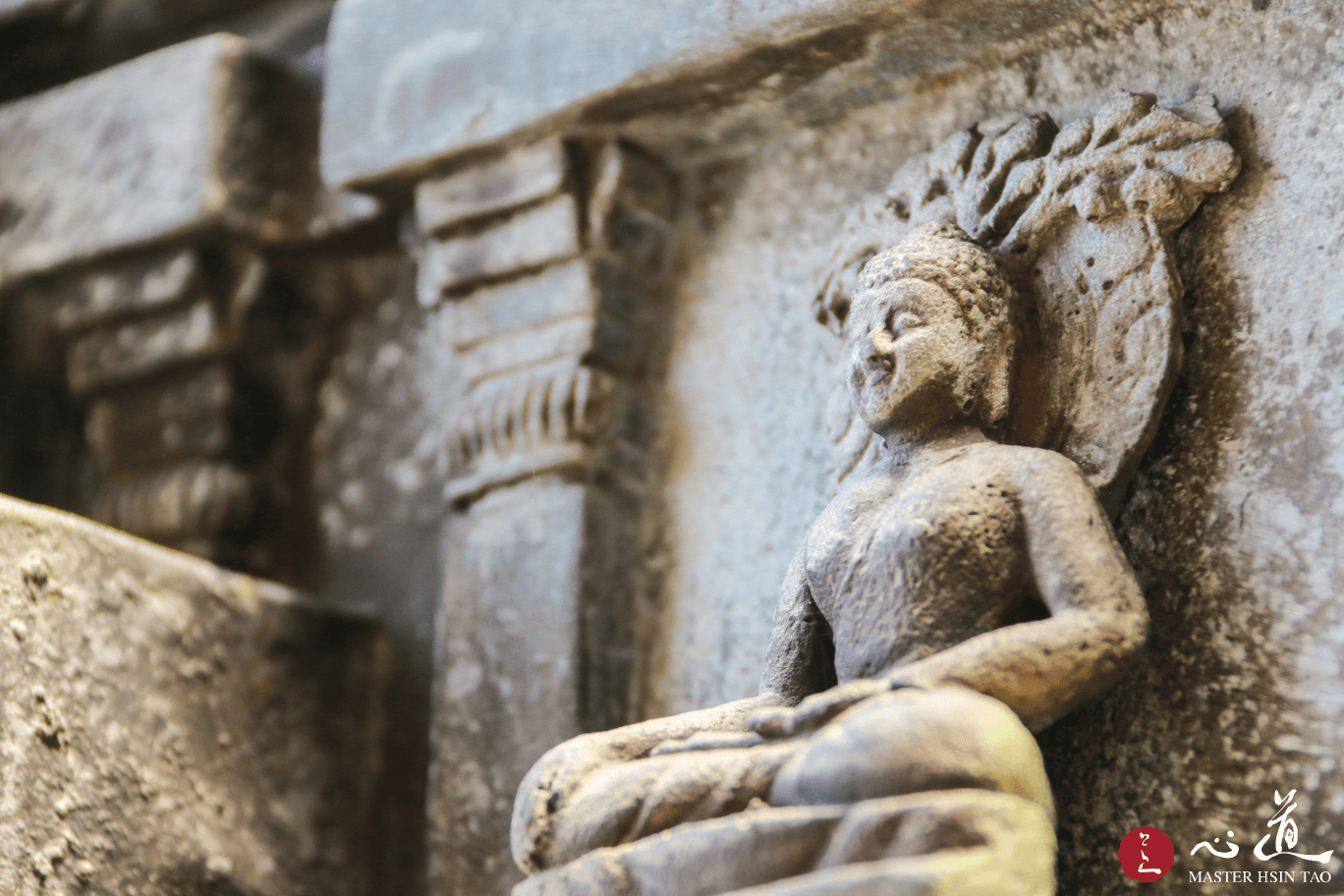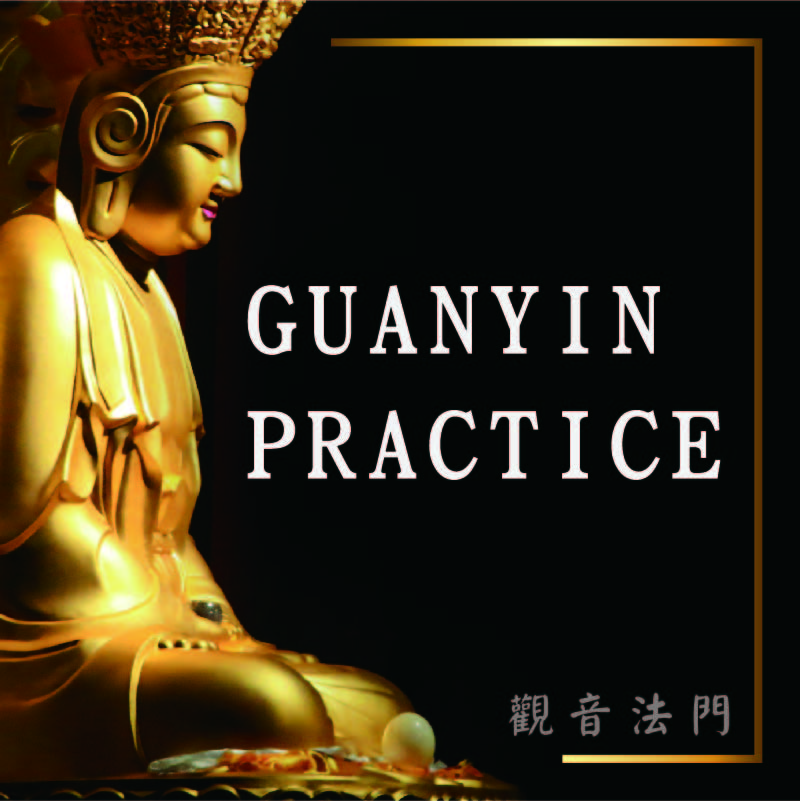
Eradicating Attachment to the Self and Phenomena through Emptiness
 In the Southern Transmission of the Agama teachings, the very first principle to study and practice is the selflessness of the individual. In daily life, we often take form and name as designations of “self.” For this reason, one must examine within both form and name: which among them can truly be identified as “I”? By carefully examining again and again, one eventually finds no “self” within form, nor within name. This “self” has no place of origin, no abiding location, and no destination. It cannot be found anywhere. Hence, the selflessness of the individual is in essence emptiness.
In the Southern Transmission of the Agama teachings, the very first principle to study and practice is the selflessness of the individual. In daily life, we often take form and name as designations of “self.” For this reason, one must examine within both form and name: which among them can truly be identified as “I”? By carefully examining again and again, one eventually finds no “self” within form, nor within name. This “self” has no place of origin, no abiding location, and no destination. It cannot be found anywhere. Hence, the selflessness of the individual is in essence emptiness.
We begin by first refuting the view of an inherent self, through understanding that “all phenomena are empty and devoid of self.” At present, there is no substantial basis for attachment to the self. If one turns inward and examines: “On what grounds do I become angry? On what grounds do I speak aggressively to others?”—gradually one reflects and asks: “What indeed is this I?” In this way, the realization of the selflessness of the individual constitutes the first negation.
The second negation concerns the abandonment of attachment to the self and phenomena. Beyond the attachment to the self, there is also a pervasive tendency to become attached to all phenomena. Thus, once stability is attained in the recognition of the selflessness of the individual, one proceeds to eradicate clinging to phenomena. This means that, throughout all domains, no inherent entities can be found: in every respect, there is nothing to grasp. Therefore, attachment to phenomena also falls away.
 Mahayana Buddhism teaches that all phenomena are of emptiness, and devoid of intrinsic existence. Accordingly, one develops no attachment to them. When attachment to self is eradicated and attachment to phenomena is resolved, then the twofold emptiness of self and phenomena is realized. From this basis arises the bodhicitta, and one is no longer bound by either aspect of attachment. Once both aspects of emptiness are realized, how could afflictions continue to arise?
Mahayana Buddhism teaches that all phenomena are of emptiness, and devoid of intrinsic existence. Accordingly, one develops no attachment to them. When attachment to self is eradicated and attachment to phenomena is resolved, then the twofold emptiness of self and phenomena is realized. From this basis arises the bodhicitta, and one is no longer bound by either aspect of attachment. Once both aspects of emptiness are realized, how could afflictions continue to arise?
Therefore, in daily life, one must carefully examine the origin of attachment to the self and phenomena. First, scrutinize what is meant by self attachment, and then proceed to break down attachment to phenomena. Only thus is practice undertaken at the very root. Once attachment is eradicated, there are no obstructions; and because there are no obstructions, one may freely pass “through walls.” Hence, it is through the selflessness of the individual that we eradicate all attachments, and through insight into phenomena that we dissolve all forms of calculation and contention.













